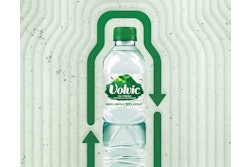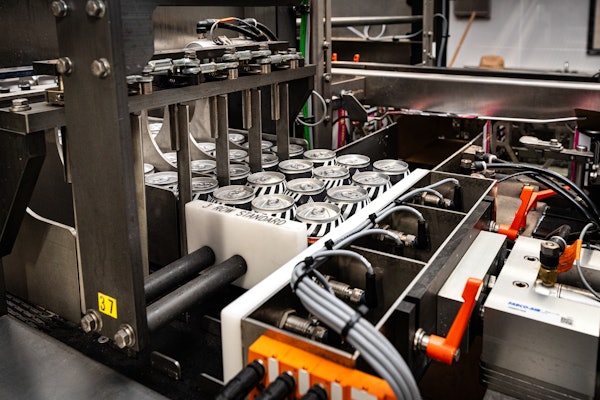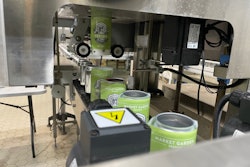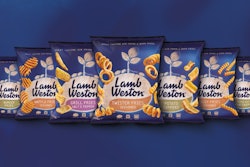
Not only is it keenly attuned to the unique socioenvironmental moment we’re all experiencing, it does so in a universally positive way that should cut across any partisan lines. But first, some background.
As has been reported here (pwgo.to/7019) and many other places, a major consumer trend affecting CPGs is the public’s desire for them to take a stand on issues like inclusion, sustainability, and corporate responsibility. Mara Devitt, a Senior Partner at retail strategist and consultant McMillan Doolittle who has studied this effect, said at a recent ISTA (International Safe Transit Association) conference that consumers want—and expect—retailers to take a value stand, and that extends to the brands they sell.
A global research study that McMillan Doolittle cited found that more than 80% of consumers polled were demanding sustainability, social responsibility, and transparency from brands and retailers, and that 44% choose to buy products that are aligned with their own point of view on sustainability or values.
What’s packaging’s role in this values movement? A hefty part of it is on the environmental side of things, of course, and changing pack formats to improve sustainability profiles. But on the social responsibility and social justice side of the values coin, packaging’s role generally is limited to design—the looks, the decoration, and the messaging that appears on the label or container. One exception to this generalization was the redesign of the Mrs. Butterworth’s syrup container, which included a change not only in messaging but in structure, too. But even here the structural change was pretty minor.
Lately we’ve seen many brands venture into this emotionally overwrought space by altering their brand appearance and messaging, as first evidenced in the spate of racially charged mascots that were dropped in 2020. More recently, even companies that didn’t carry baggage of outdated stereotypes as brand identity have waded into these waters and have used packaging to communicate social stances. Case in point, we reported last month on Hershey Brazil’s digital print-driven #HERSHE campaign (pwgo.to/7020) that promoted gender inclusiveness and recognition of female contributions to culture via unique, limited time flow-wrapped film packs.

























